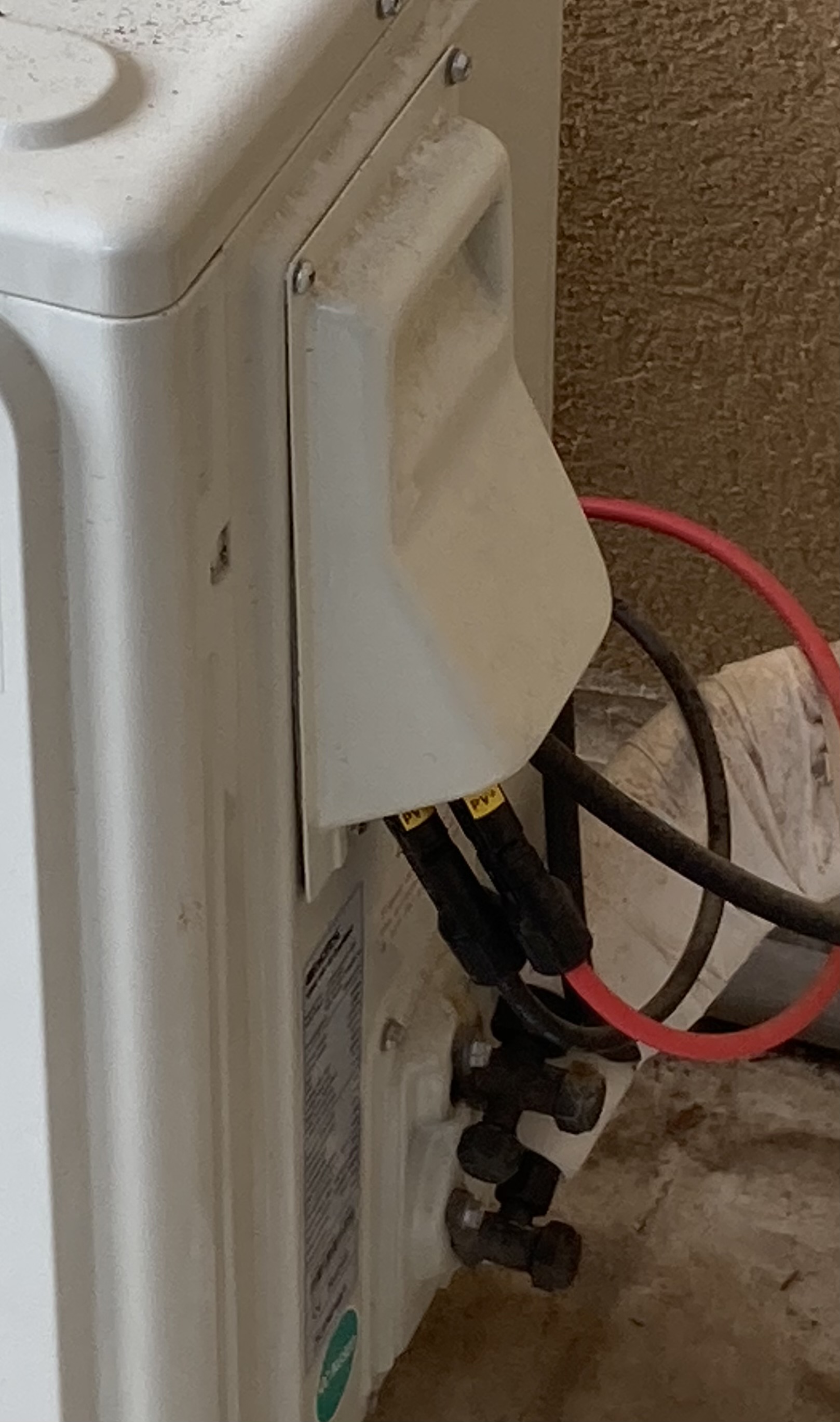How do I connect a hybrid AC / DC solar air conditioner?
Hello,
I am seeking out some design ideas with this post.
I have a hybrid 3.5-kWh solar air conditioner.
The solar air conditioner can either take up to 15-amps and 300 VDC, or it can take 11-amps at 220 VAC at 50-Hz, and it is currently connected to 6-305 watt Victron solar panels in series.
I have been thinking of purchasing a Multi RS solar inverter / charger and some lithium batteries to run the air conditioner at night.
I would like to connect the air conditioner in such a way that during daylight hours it can continue to be supplied directly from the solar panels since there are no energy conversion losses, and simultaneously if there is excess power, store the excess power in batteries; however, at night I would like to use the Multi RS’ built in inverter to supply it with AC power, and if possible I would like to supply it with DC power from the batteries.
My preference of priorities is to use:
1- direct solar energy from the solar panels during daylight hours
2- excess stored battery power
3- inverter AC power using the batteries
4- grid power
If I need additional power, I could add a second solar array or supply power from the grid.
One issue is that the Multi RS will work with a 48-VDC battery while the solar array feeding the air conditioner has a higher DC voltage.
Do to the different voltages involved, I would like to get some opinions on how best to connect the different components if possible.
 Kind regards,
Kind regards,
